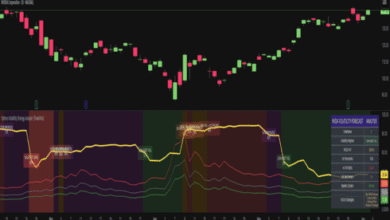Identifying Gibson pickups, which are an integral part of a Gibson guitar’s tone and character, can be crucial for assessing the guitar’s originality and making informed decisions about modifications. Here’s how to identify Gibson pickups:
- Look for Gibson Branding:
- Many Gibson pickups have the Gibson name or logo printed on the pickup cover. This can be a clear indicator that you have an authentic Gibson pickup.
- Check for Model Name or Number:
- Gibson often labels its pickups with a model name or number. This information may be printed or stamped on the bottom of the pickup, making it easy to identify the specific model.
- Examine the Appearance:
- Gibson pickups come in various designs and shapes, depending on the model and era. Familiarize yourself with the visual characteristics of different Gibson pickups to identify them by sight.
- Measure the Pickup Dimensions:
- Measure the length, width, and height of the pickup using a ruler or calipers. Gibson pickups have specific dimensions for each model, so comparing your measurements to known specifications can help with identification.
- Check the Pickup Magnet Type:
- Gibson pickups use different magnet types, such as Alnico II, Alnico V, or ceramic magnets, depending on the model and era. Knowing the magnet type can help narrow down the pickup model.
- Determine the Pickup Type:
- Gibson offers various pickup types, including humbuckers, P-90s, and mini-humbuckers. Identify the pickup type based on its appearance and construction.
- Inspect the Pickup Cover and Bobbins:
- Examine the pickup cover and bobbins (the plastic or fiberboard coil formers) for any unique features, colors, or materials. Some vintage Gibson pickups have distinct characteristics that can aid in identification.
- Research Gibson Pickup Models:
- Utilize Gibson’s official website, vintage Gibson catalogs, or reputable Gibson guitar reference books to research different pickup models and their specifications. This can provide valuable information for identification.
- Consult Online Forums and Communities:
- Online guitar forums and communities dedicated to Gibson guitars are excellent resources for identification. Post clear photos of your pickup and ask for assistance from experienced Gibson enthusiasts.
- Consider the Guitar’s Age and History:
- The age and history of the guitar can provide clues about the pickups. Gibson may have used different pickup models in various eras, so understanding the guitar’s timeline can be helpful.
- Seek Expert Advice:
- If you’re uncertain about the identification or authenticity of your Gibson pickups, consider consulting with a professional luthier or guitar technician who specializes in Gibson guitars. They can offer expert insights and guidance.
Identifying Gibson pickups is an essential skill for guitar enthusiasts and collectors, as it helps in understanding the guitar’s tonal characteristics and historical context. Accurate identification also contributes to maintaining the originality and value of vintage Gibson guitars.
Also Read:
https://writetechy.com/how-to-hang-a-bow-on-the-wall/
https://writetechy.com/how-to-hang-a-chandelier-on-a-sloped-ceiling/
https://writetechy.com/how-to-hang-a-dartboard-without-the-bracket/




